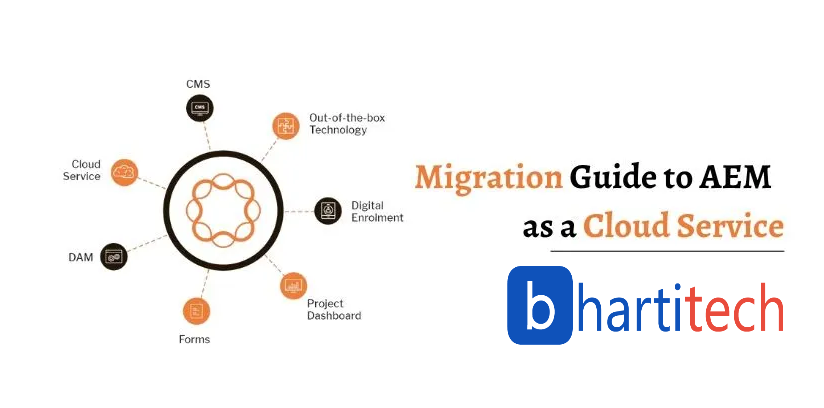
In the dynamic world of e-commerce, businesses often find themselves needing to adapt to changing technologies to stay ahead of the curve. One such crucial transition is migrating from Magento to Adobe Experience Manager (AEM). The migration process requires careful planning and execution to ensure a smooth transition without compromising data integrity or user experience. In this blog post, we’ll explore the best practices for Magento to AEM migration to help businesses make a successful and efficient move.
Thorough Planning:
Successful migrations begin with comprehensive planning. Before initiating the migration process, create a detailed project plan outlining key milestones, timelines, and responsibilities. Identify potential challenges and establish contingency plans to mitigate risks. A well-thought-out plan will streamline the migration process and minimize disruptions to your online business.
Data Migration Strategy:
Your e-commerce website likely contains a vast amount of critical data, including product information, customer details, and order history. Develop a robust data migration strategy to ensure a seamless transfer of data from Magento to AEM. Consider leveraging automated tools and scripts to expedite the process while maintaining data accuracy.
SEO Considerations:
Preserve your hard-earned search engine rankings during the migration by implementing proper SEO strategies. Redirects play a crucial role in maintaining link equity and ensuring that search engines understand the change in URL structures. Create a comprehensive list of old URLs and their corresponding new AEM URLs to set up 301 redirects, and monitor for any potential issues post-migration.
Content Optimization:
Take advantage of AEM’s robust content management capabilities to optimize and enhance your website content. Leverage AEM’s features for content personalization, dynamic asset management, and seamless integration of multimedia elements. Ensure that your content is not only migrated accurately but is also optimized for AEM’s capabilities to provide an enhanced user experience.
User Experience (UX) Testing:
Prioritize user experience testing throughout the migration process. Conduct thorough testing on AEM to identify and address any issues related to page load times, responsive design, and overall functionality. User acceptance testing (UAT) is essential to ensure that the migrated website meets the expectations of both users and stakeholders.
Training and Documentation:
Equip your team with the knowledge and skills required to manage and operate the new AEM platform effectively. Provide comprehensive training sessions and create documentation that outlines the AEM-specific processes and functionalities. A well-trained team is crucial for maintaining the website efficiently post-migration.
Security Measures:
As security is paramount, ensure that your AEM environment is configured with the necessary security measures. Implement SSL certificates, secure login protocols, and regularly update and patch your AEM installation to protect against potential vulnerabilities.
Post-Migration Monitoring:
Even after a successful migration, continue monitoring the performance of your AEM website. Implement analytics tools to track user behavior, identify potential issues, and make data-driven decisions for ongoing optimization.
Conclusion:
The migration from Magento to AEM is a significant step toward enhancing your e-commerce capabilities and staying competitive in the digital landscape. By following these best practices, businesses can ensure a smooth transition, maintain search engine rankings, and deliver an improved user experience. A well-executed migration sets the foundation for continued growth and success in the ever-evolving world of online commerce.

